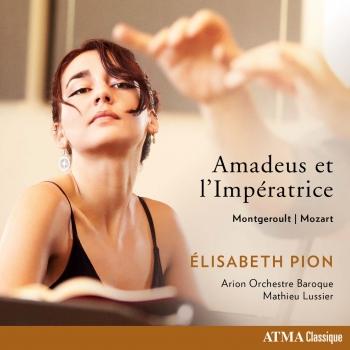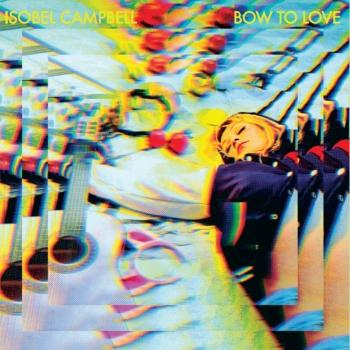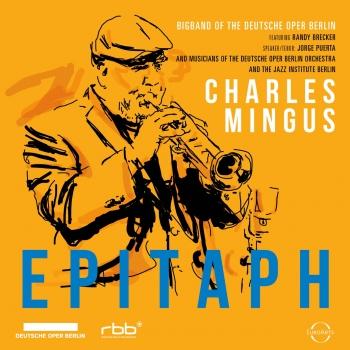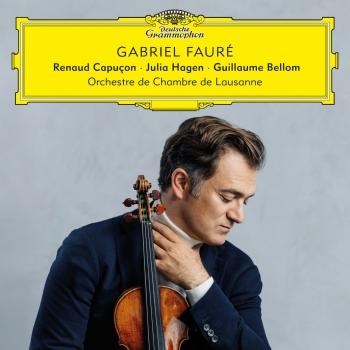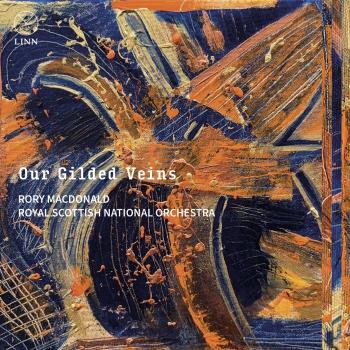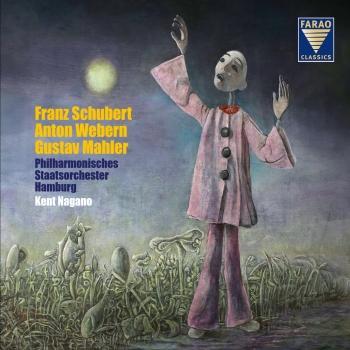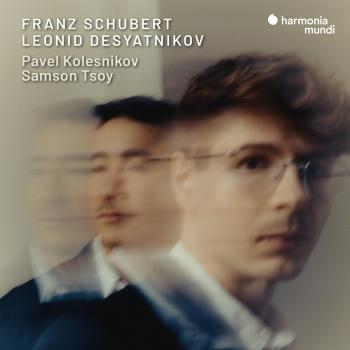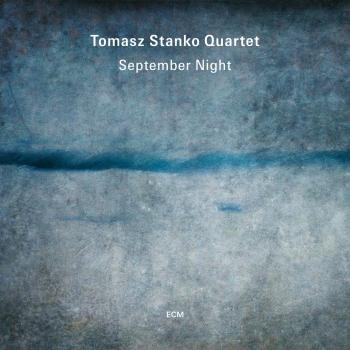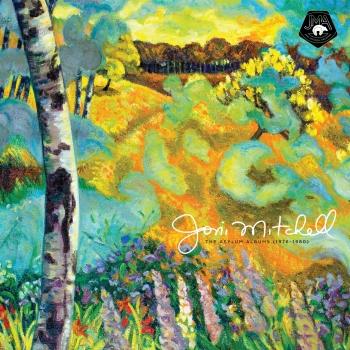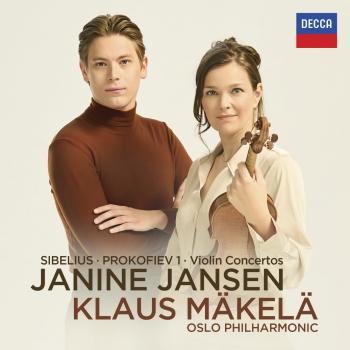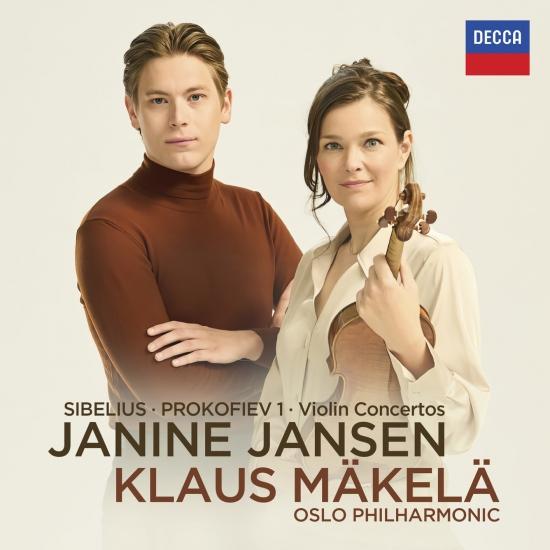
Sibelius: Violin Concerto; Prokofiev: Violin Concerto No. 1 Janine Jansen, Oslo Philharmonic Orchestra & Klaus Mäkelä
Album info
Album-Release:
2024
HRA-Release:
07.06.2024
Label: Decca Music Group Ltd.
Genre: Classical
Subgenre: Concertos
Artist: Janine Jansen, Oslo Philharmonic Orchestra & Klaus Mäkelä
Composer: Jean Sibelius (1865-1957), Sergej Prokofiev (1891-1953)
Album including Album cover
I`m sorry!
Dear HIGHRESAUDIO Visitor,
due to territorial constraints and also different releases dates in each country you currently can`t purchase this album. We are updating our release dates twice a week. So, please feel free to check from time-to-time, if the album is available for your country.
We suggest, that you bookmark the album and use our Short List function.
Thank you for your understanding and patience.
Yours sincerely, HIGHRESAUDIO
- Jean Sibelius (1865 - 1957): Violin Concerto in D Minor, Op. 47:
- 1Sibelius: Violin Concerto in D Minor, Op. 47: I. Allegro moderato16:28
- 2Sibelius: Violin Concerto in D Minor, Op. 47: II. Adagio di molto09:08
- 3Sibelius: Violin Concerto in D Minor, Op. 47: III. Allegro, ma non tanto07:25
- Sergei Prokofiev (1891 - 1953): Violin Concerto No. 1 in D Major, Op. 19
- 4Prokofiev: Violin Concerto No. 1 in D Major, Op. 19: I. Andantino09:52
- 5Prokofiev: Violin Concerto No. 1 in D Major, Op. 19: II. Scherzo. Vivacissimo03:54
- 6Prokofiev: Violin Concerto No. 1 in D Major, Op. 19: III. Moderato08:18
- Jean Sibelius: Water Drops, JS 216:
- 7Sibelius: Water Drops, JS 21600:48
Info for Sibelius: Violin Concerto; Prokofiev: Violin Concerto No. 1
This is Jeanine Jansen’s first concerto recording in nine years, and for this occasion she is joined by Klaus Mäkelä and the orchestra that first appointed him as chief conductor, the Oslo Philharmonic.
The opening of the Sibelius is remarkable, the Oslo strings at a mere whisper as Jansen quietly steals in. She quickly becomes more impassioned and her complete engagement inspires a similar commitment from the orchestra, who offer a fulsome statement of the melody at 2’50”. Sample Jansen’s commanding virtuosity in the “veloce” passage, beginning at 1’55”.
The difficult cadenza is brilliantly dispatched, and the coloring of the woodwinds in this first movement (indeed, throughout the entire concerto) has a lovely Nordic coloring. Listen to how the clarinets and oboes establish an ambiguously forlorn atmosphere to open the second movement, which is then transformed by the solo violin’s lyrically ardent melody. There is a special intimacy to the give and take between the orchestra and soloist, here and throughout the performance.
The Adagio’s elegant, introverted atmosphere is deeply touching. If the Oslo orchestra lacks the tonal heft of more famous orchestras, their careful attention to Jansen’s playing is ample compensation.
Donald Tovey described the final movement as “Evidently a polonaise for polar bears,” suggesting he felt the music was ungainly – would he have said the same hearing this performance? Playing of eloquence and panache highlights the music’s increasingly complex rhythmic interplay, its almost perfect blend of fire and ice. Jansen’s complete technical command impresses, as does the music’s giddy and incessant liveliness. A powerful coda caps off a tremendously characterful performance.
I reviewed two other recordings of Prokofiev’s first violin concerto performances on these pages: Hilary Hahn on DG (technically immaculate, but emotionally cool – review) and Tianwa Yang on Naxos, which proved far more emotionally engaging (review). Jansen is even finer: her dynamic control and ease in inhabiting the music’s mercurial mood shifts are consistently impressive. And Mäkelä and his Oslo players are with her every step of the way. Sample from 4’24” in the first movement: Prokofiev’s development of material is a kaleidoscope of ideas and moods, brilliantly captured here. Its 1923 Parisian premiere left the audience unimpressed, largely because they expected something more acerbic. But the music of this movement comes from the fairy-tale world of his Cinderella ballet, and the light, dreamy quality of this performance emphasizes that connection.
I was less convinced by the “Scherzo.” The marching passages should have greater menace, and driven harder, its frenzied desperation only fitfully realized. Jansen seems more attuned to it, but Mäkelä seems focused on matters of balancing and refined colors as if he is painting in pastels while Jansen uses oil paint. (Those chords, beginning at 2’10,” surely should be more brash.) Prokofiev’s sarcastic wit is better realized elsewhere.
The final movement brings a return to form, perhaps because the music returns to the fairy-tale atmosphere of the opening movement. The violin can at times seem almost secondary, commentating on the orchestral writing rather than initiating or fighting against it. This suits Jansen’s interpretative persona: in concert one can watch her interact with orchestral soloists and sections, inviting them to make it their interpretation instead of only hers. I sense a similar connection here between the soloist and the orchestra. The harmonic shift into the coda is magical, the ending dreamy and peaceful.
Andrew Mellor’s liner notes are informative and engaging. The booklet includes several pictures from the recording sessions. Fans of Jansen will need no encouragement, but can rest assured her playing is as musical and brilliantly executed as ever. Decca’s description of this partnership as the ‘ultimate classical dream team’ is hyperbolic, but it is undoubtedly impressive, and I would welcome hearing more from them." (David A. McConnell, theclassicreview.com)
Janine Jansen, violin
Oslo Philharmonic Orchestra
Klaus Mäkelä, conductor
No biography found.
This album contains no booklet.

